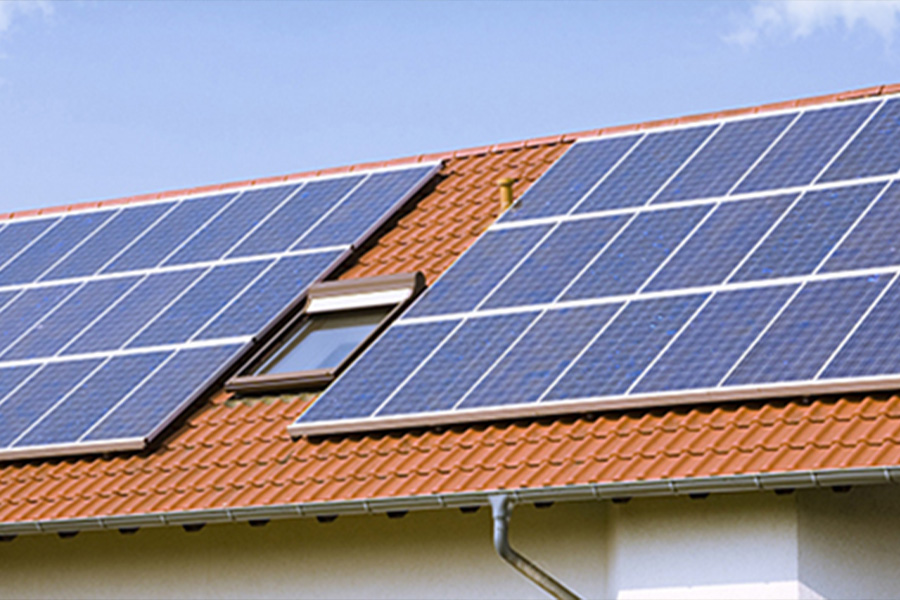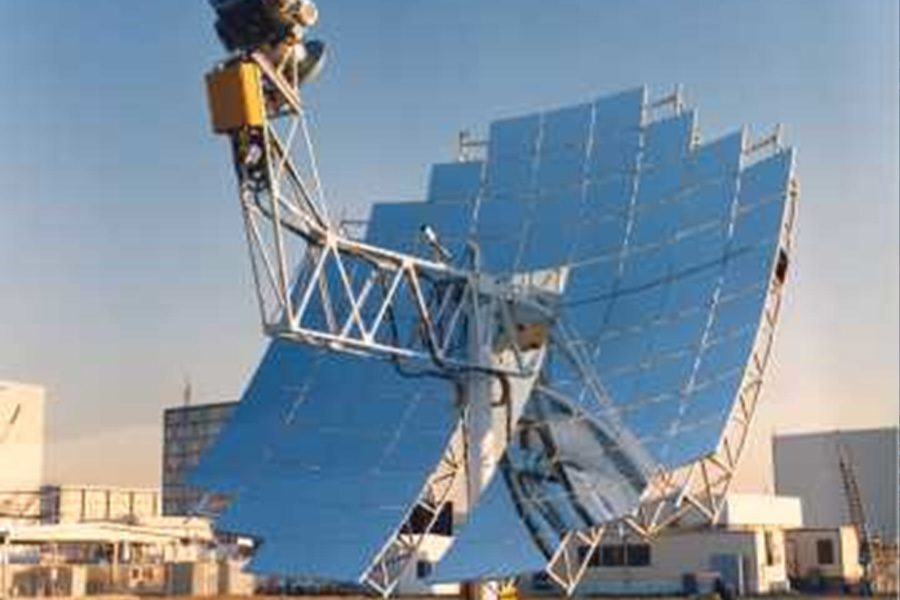Table of Contents
Photovoltaic cells
Working principle
Advantages in generating electricity
Features for power generation
Classification
Mirror cells
Working principle
Advantages in generating electricity
Features for power generation
Conclusion
Solar energy has increasingly gained popularity either as the main source of electric power or as a complementary to other forms of power. The aspect of being environmentally friendly has made this form of power a preference for many, especially in this era where global warming is a mega concern. Additionally, solar energy is the main source of power in areas that are away from the main power grid.
Globally, the use of solar energy has been on a rise. The rise has been fuelled by the increasing cost of alternative sources of power and the decrease in installation costs for solar systems. In the USA, solar power has seen tremendous growth. Today, the country produces 97.2 GW of power compared to 0.34 GW in 2008. It is estimated that about 3% of homes in the USA are powered by solar energy and the number is likely to increase as people continue to embrace green energy.
There are two main ways through which solar power system works: photovoltaic and mirror cells. The choice of either method depends on the specific requirements of the end users.
Photovoltaic cells
This is the most commonly used method of solar power generation. The method involves the use of photovoltaic cells that are fitted into solar panels. The cells absorb the sun’s energy and convert it into electric energy. The electricity generated in this way can be used directly to power home appliances. The power can also be stored in batteries for later use, especially at night when there is no sunlight.
Working principle
Photovoltaic cells operate by converting the sun’s energy into electric currents. Each solar panel is made up of several square size boxes with each producing between one and two watts. These boxes are connected by solar modules that boost the power output produced by the individual cells. The PV cells that are located inside the solar modules absorb solar energy and in the process, the energy found in the photons of light is passed to a semiconductor material. The energy transfer process causes the electrons to flow inside the semiconductor as electricity. The electricity generated can either be used directly or can be fed into the national grid for distribution. This only happens when solar energy is produced on a large scale by using numerous panels.
Advantages in generating electricity
– Solar power systems can be easily upgraded depending on the increasing energy needs as well as improved financial status. Upgrading the system simply requires adding more solar panels and increasing the storage capacities for the batteries.
– Photovoltaic cells do not require additional space for them to be fitted and can even be placed on top of buildings.
Features for power generation
Silicon crystals
Power modules
PV cells
Classification
Solar panels can be classified into three categories based on the materials that have been used to produce them. These categories are monocrystalline, polycrystalline, and thin film solar panels.

Mirror cells
Under this system, solar energy is concentrated through the use of mirrors and directed into receivers. The receivers collect this energy and convert it into heat. The heat energy created in this way can be used for generating electricity or stored for later use. The use of mirrors to harness solar energy is mainly used in large power plants.

Working principle
The idea behind this type of power generating system is to concentrate the sun’s rays into a central location and then use it to generate heat. In a typical system, mirrors assume a parabolic shape in order to improve their capacity of collecting and reflecting the sun’s energy into the central receiver system. The system is designed to always align the mirrors to the sun’s axis to ensure that they receive maximum sunshine. The reflected energy is collected by a receiver that transfers the heat to the engine. In the engine, the heat energy is converted into mechanical energy. Through the use of an alternator, this mechanical energy is converted into electric energy.
Advantages in generating electricity
– They have a higher capacity for generating electricity.
– They are more efficient for large-scale, industrial production.
Features for power generation
– Reflecting mirrors that are parabolic in shape to increase their reflective ability
– Receiver for converting solar energy into heat
– Engine for generating electricity by converting kinetic energy into electric energy
– Rotating mechanism for aligning the mirrors to the sun’s axis

Conclusion
The use of solar power can help in addressing the problem of climate change. Solar energy can be harnessed by the use of photovoltaic cells or mirrors. The choice between the two methods of power generation is mainly dependent on scale.
Solar panels are best suited for domestic use and can be upgraded depending on the increased demand for power. Mirrors can be applied to large commercial establishments as they can generate more power. Whichever the application, the bottom line is that these two methods are clean and environmentally friendly sources of energy.





 Afrikaans
Afrikaans አማርኛ
አማርኛ العربية
العربية বাংলা
বাংলা Nederlands
Nederlands English
English Français
Français Deutsch
Deutsch हिन्दी
हिन्दी Bahasa Indonesia
Bahasa Indonesia Italiano
Italiano 日本語
日本語 한국어
한국어 Bahasa Melayu
Bahasa Melayu മലയാളം
മലയാളം پښتو
پښتو فارسی
فارسی Polski
Polski Português
Português Русский
Русский Español
Español Kiswahili
Kiswahili ไทย
ไทย Türkçe
Türkçe اردو
اردو Tiếng Việt
Tiếng Việt isiXhosa
isiXhosa Zulu
Zulu